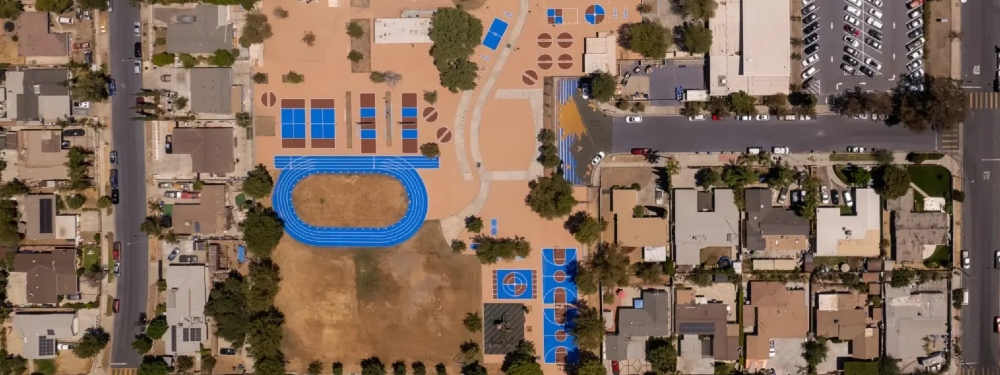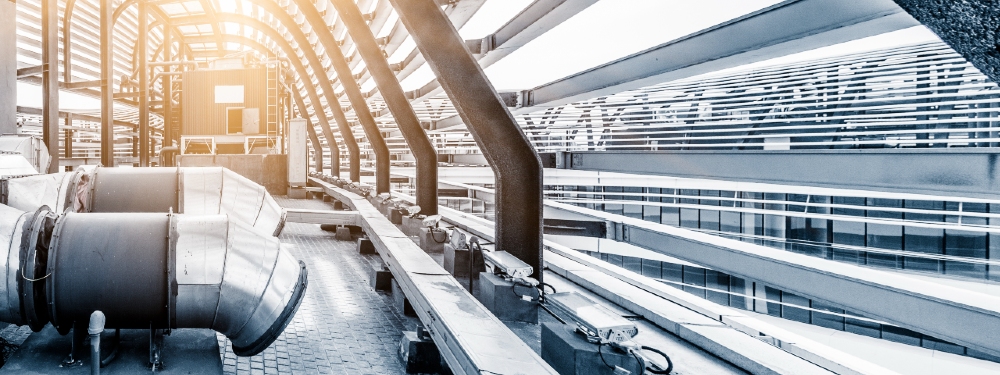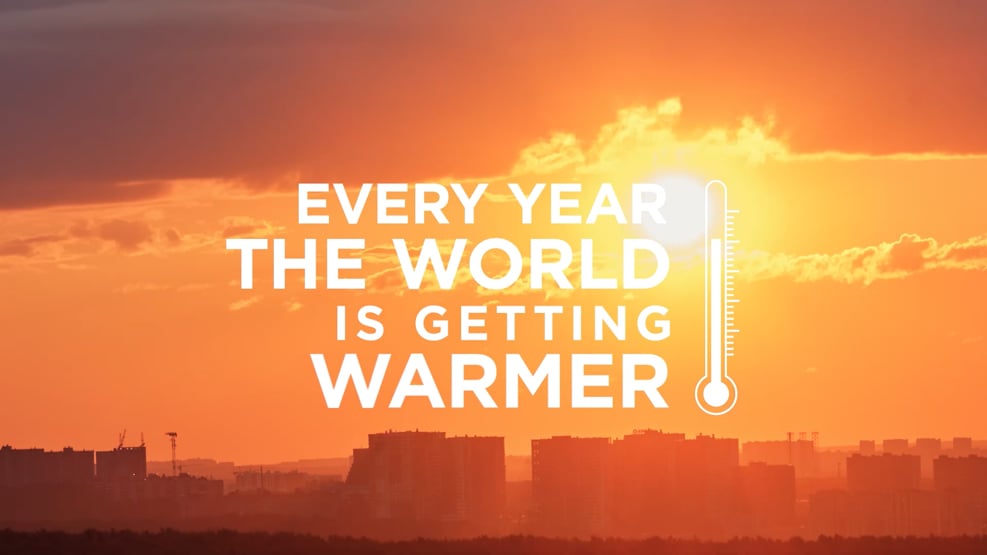How to cool one billion people: Expanding access to clean, affordable cooling solutions
How to cool one billion people: Expanding access to clean, affordable cooling solutions
A look back at the Clean Cooling Collaborative’s ‘Access’ portfolio
As global average temperatures rise and deadly heat waves become more common, we’re seeing the health, well-being, and livelihoods of billions of people around the world being threatened. No longer are the days when cooling was a luxury, it is now a necessity for many and a development priority around the world.
Living in a warming world
Last year was one of the 10 hottest years on record and saw numerous heat-related records broken across the globe. More than 400 weather stations around the world noted record-breaking temperatures; the record for highest temperature was either broken or tied in 10 countries1; and Furnace Creek in Death Valley (US) experienced temperatures of 54.4°C (130°F) – the “highest reliably recorded temperature on Earth.”
And 2021’s heat wasn’t an anomaly. According to the World Meteorological Organization, the last seven years have been the seven hottest on record and the average global temperature has been over 1°C above pre-industrial levels every year since 2015.

But this dramatic rise in global temperatures isn’t just about broken records and colored lines on a chart, it’s about people’s lives and livelihoods. It’s about an elderly person’s ability to live safely in their home, a farmer’s ability to make an income, or a child’s ability to receive a life-saving vaccine.
As we near the end of World Immunization Week and the start of Miami-Dade County’s first annual Heat Season, we wanted to shine a light on a problem that isn’t talked about enough – the importance of universal access to efficient, climate-friendly, and affordable cooling.
Why is cooling access so important?
Rising global average temperatures and increasingly frequent deadly heat waves are threatening the health, well-being, and livelihoods of billions of people around the world. It’s clear that cooling should not be considered a luxury for the few but instead a development priority that’s accessible to all.
When it comes to cooling, the poorest people and communities are underserved, creating adverse impacts on the provision of quality health care, nutritious food, and education, as well as major productivity losses. This in turn undermines the efforts and opportunities for many countries to fully realize the Sustainable Development Goals (SDGs).
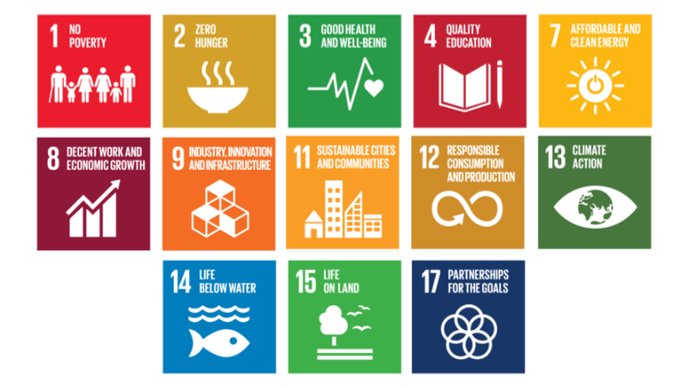
Not only is it paramount that we secure universal access to cooling, but the adopted solutions must also be energy-efficient and climate-friendly to avoid locking in high-carbon cooling technologies as populations in emerging economies pursue the benefits of cooling.
Expanding global access to clean cooling
At the inception of the Kigali Cooling Efficiency Program (now Clean Cooling Collaborative) in 2017, we clearly understood the importance of expanding access to cooling. The links between cooling and several of the SDGs were undeniable. What wasn’t yet known, was roughly how many people around the world lacked access to cooling. Before embarking on work that would have a meaningful impact, we needed to define and quantify the cooling access gap, identifying the communities that face the biggest risks and what their cooling needs were.
It was also our belief that decision-makers were consistently underestimating the role that cooling had to play in meeting the SDGs. We knew this needed to change.
To overcome these issues, we developed our ‘Access’ portfolio to:
- Promote cooling as a development priority through high-level global advocacy;
- Enhance the understanding and awareness of cooling access through research and knowledge products; and
- Make a case for cooling access through demonstration projects around the world.
Global advocacy and research for cooling access
To help promote cooling as a development priority, we partnered with the Cooling for All initiative at Sustainable Energy for All (SEforALL) to spur action and political leadership in increasing access to cooling.
In September 2017, a Global Panel on Access to Cooling, made up of leaders from business, philanthropy, policy, and academia, was convened to guide the production a comprehensive Chilling Prospects report series that addresses the challenges and opportunities of providing access to affordable, sustainable cooling for all. Launched at the UN High-Level Political Forum in July in 2018, the first report was a global wake-up call that defined and quantified the magnitude of the global cooling access challenge for the first time. Chilling Prospects 2018 showed that approximately 1.1 billion people across 52 of the most vulnerable countries face cooling access risks.
In addition to tracking the cooling access gap and progress on an annual basis, the Cooling for All initiative develops evidence, partnerships, policy, and tools to make meaningful action possible.
To date, our work to raise the global profile of cooling access has been successful, but we’ve found that there’s a significant gap in capacity at country level and that cooling equity is often neglected. To overcome these issues, it’s important for capacity-building and cooling equity perspectives to be included in projects from the outset.
Awareness raising and proving the concept of clean cooling for all
In partnership with organizations like Ashden, SEforALL, the Cool Coalition, and the Carbon Trust, we produced knowledge products and campaigns to enhance key stakeholders’ understanding and awareness of the cooling access challenge and its possible solutions. To make the case for clean cooling solutions and/or approaches, we also rolled out several demonstration projects around the world.
The Ashden Awards
The Ashden Awards accelerate climate innovation, helping stakeholders power up their impact in low-income nations, with a focus on advancing social justice while lowering emissions. We’ve supported three cooling-related award categories over the past three years:
Cooling for People (2019) – Rewarding innovative and ambitious approaches in urban greening that help to keep cities cool and livable.
Winner: Medellin Green Corridor
Cool Cities (2020) – Uncovering initiatives that deliver efficient, climate-friendly cooling solutions for people who are most at risk from increasingly frequent and intense heat waves.
Winner: Ahmedabad Heat Action Plan
Cooling in Informal Settlements (2021) – Celebrating champions who protect low-income communities from rising temperatures with affordable, non-mechanized cooling solutions.
Winner: Mahila Housing Trust
Fair Cooling Fund
The Fair Cooling Fund was launched in partnership with Ashden to scale up the impact of fair cooling solutions, i.e., solutions that are affordable, accessible, climate-friendly, and developed with the communities at greatest risk. Over the last two years, the Fund has helped seven organizations co-develop new initiatives to widen access to cooling, and gave them grants to turn their plans into reality.
Million Cool Roofs Challenge
The Million Cool Roofs Challenge was launched in 2019 to rapidly scale up the adoption of ‘cool roofs’ in developing countries where temperatures are high and access to cooling is low. The Challenge — created in partnership with Global Cool Cities Alliance, SEforALL, and Nesta Challenges — awarded grants of $125,000 to 10 teams across the world to test different approaches and models to scaling up cool roofs. To date, over 1.1 million square meters of new cool roofs have been installed by the teams.
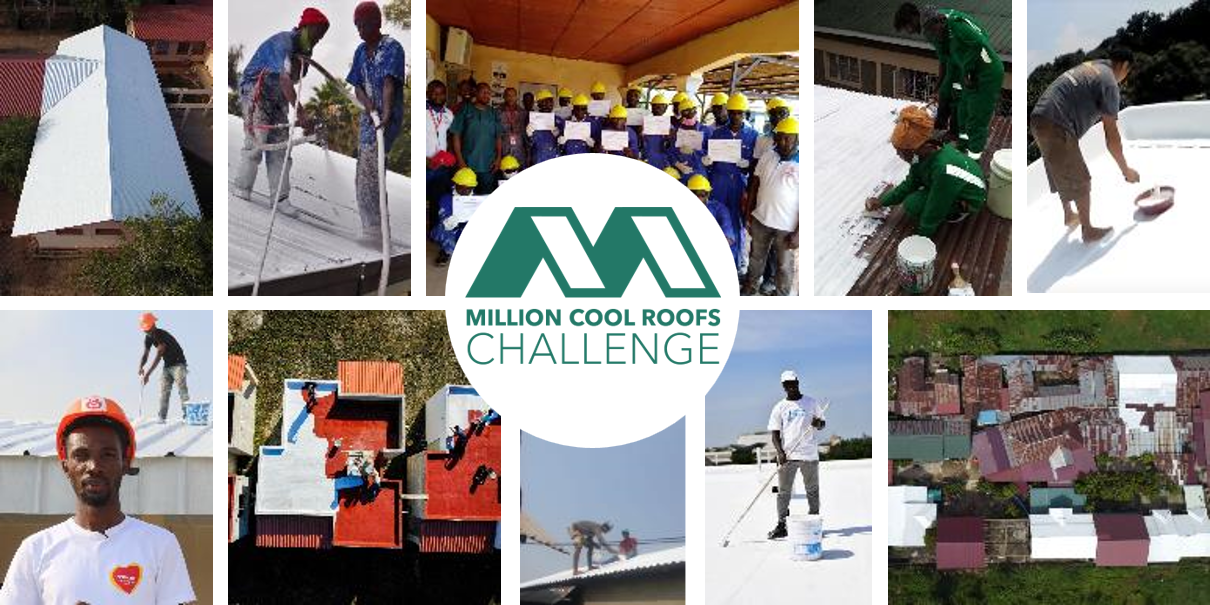
Hospital cooling audits and pilots
We partnered with Health Care Without Harm to develop and implement energy and cooling audits and energy management systems in hospitals in China, the Philippines, and Argentina. Audits found several problems across participating hospitals, including unsuitable architectural design (e.g., shading); inefficient cooling equipment; inadequate building maintenance (e.g., damaged insulation); and limited awareness of energy conservation. Based on results, some of the hospitals have since developed action plans and are working to improve performance.
In addition to these projects, we partnered with WWF to expand access to efficient, climate-friendly, and affordable cold chain solutions for marine fisheries in Tanzania, Kenya, and China. We also partnered with Direct Relief to identify and deploy sustainable cold chain solutions in humanitarian contexts across the world.
While these demonstration projects have provided promising results, we’ve found that there needs to be a greater emphasis on scaling to ensure the sustainability and impact of the pilots. Finding local and/or institutional champions to drive progress is key. Global challenges with clear criteria and incentives, like the Million Cool Roofs Challenge, have proven to be a particularly effective approach.
What next for Clean Cooling Collaborative?
As we transition into the next phase of our program, increasing access to efficient, climate-friendly cooling remains a priority.
We will continue to advocate for and raise awareness of the importance of cooling access, as well as filling in knowledge gaps through applied research. We will pivot in focus from demonstrating the need for cooling access, to supporting the delivery of solutions on the ground.
Examples of interventions under this strategy include:
- Expanding access to sustainable agricultural cold chains
- Supporting policy development and urban planning to address cooling gaps
- Piloting and/or scaling up technologies to address the needs of vulnerable populations
- Improving the affordability of clean solutions through innovative financing mechanism/ programs.
We will also be increasing our focus on China, India, Southeast Asia, and the United States, with the aim of setting precedent for replication and scaling elsewhere.
By increasing access to efficient, climate-friendly cooling for people, food, and medical supplies, we hope to transform the cooling sector and secure a future with clean cooling for all.
This blog is part of a series looking back at the impact of our Phase I projects. Other blogs include a review of our policies and standards portfolio, our finance portfolio, and our efficiency portfolio.

